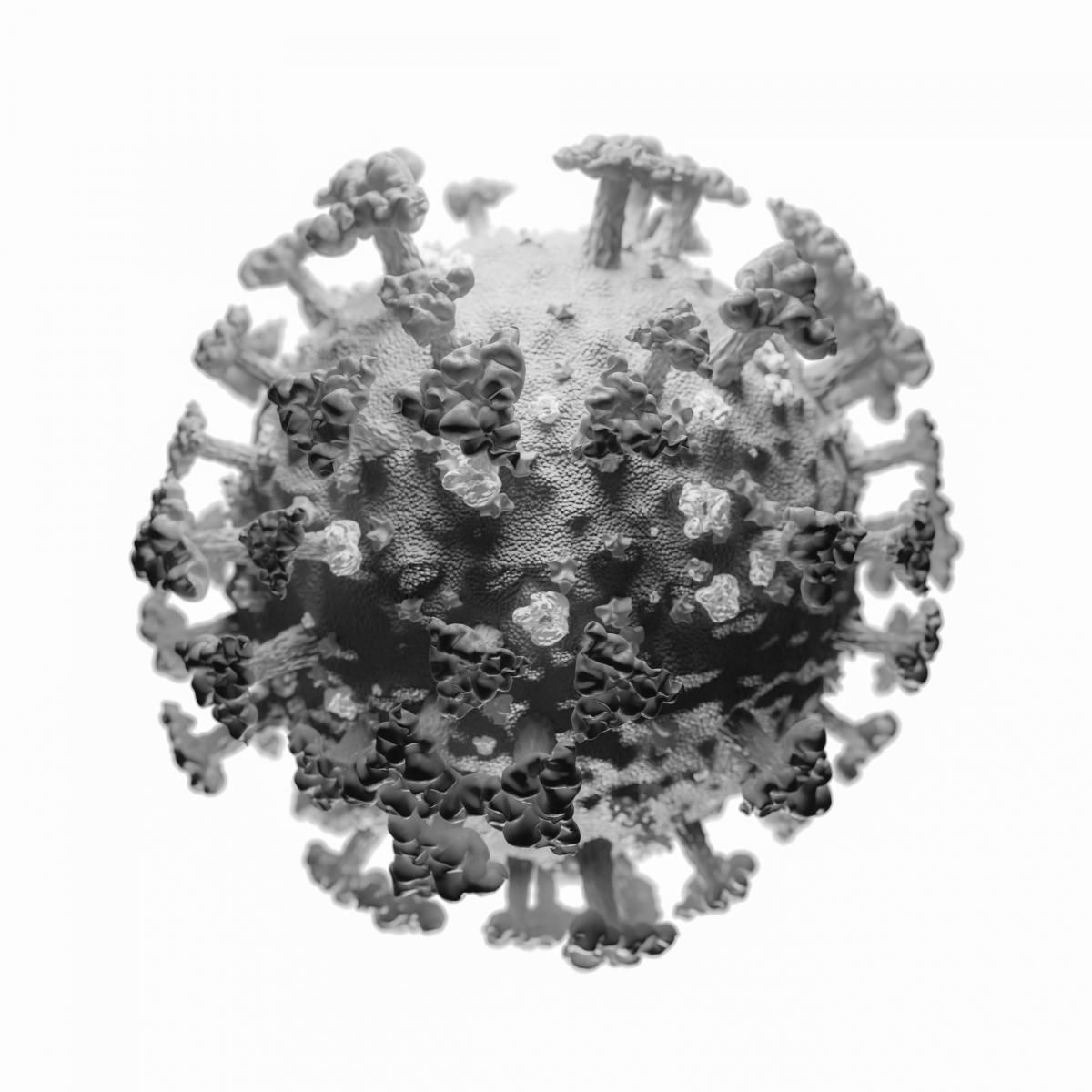Not All COVID-19 Patients Who Report Loss of Smell Have Anosmia
About two-thirds of patients that reported loss of smell associated with viral infection actually had confirmed anosmia after objective olfactory testing.

Not all coronavirus 2019 (COVID-19) patients who report loss of smell as a symptom of the virus have abnormal objective olfactory testing results. In fact, only about two-thirds had confirmed anosmia, according to a paper published in the Annals of Internal Medicine.
A team of international investigators evaluated the prevalence, features, and recovery from loss of smell in patients with COVID-19 infections. They were able to identify 2013 COVID-19-positive patients between March 22 and April 23 across 18 European hospitals. The patients had mild to moderate COVID-19 cases, which were confirmed by PCR testing.
The participants were asked to complete a standardized questionnaire after about a week of symptom resolution, which collected clinical and epidemiological data from the hospitalized patients on their day of discharge. Patients not admitted to the hospital finished their questionnaires after the resolution of their major symptoms including cough, fever, dyspnea, headache, myalgia, and arthralgia.
The patients’ loss of taste and/or smell was evaluated using 8 questions and a standard olfactory identification test called “Sniffin’ Sticks” which involved 16 scented pens that patients were asked to sniff every 30 seconds. Then, the patients were asked to label the scents from a choice of 4 descriptive terms. From there, the investigators categorized the patients as normosmic (normal smell), hyposmic, or anosmic.
There were 86 patients who participated in the Sniffin’ Sticks test, of which 38 were described as normosmic, 14 were hyposmic, and 47 were categorized as anosmic.
There were 1,754 patients (or 87%) who reported loss of smell, compared to 56% of patients who reported taste dysfunction, the study authors said. Loss of smell and headache were their most prevalent symptoms, though most patients had loss of smell following other general and otolaryngeal symptoms. The general symptoms lasted about an average of 11 days, investigators wrote.
At the time of evaluation, the study authors found, 573 of 1,754 patients who reported a lost sense of smell had regained it. About two-thirds of those patients reported resolution between 5-14 days after the anosmia onset, which lasted about 8 days on average.
Patients who lost their sense of smell were further divided into those with or without nasal obstruction, however the investigators found no significant association between the loss of smell and otolaryngeal symptoms of nasal obstruction, rhinorrhea, or postnasal drip.
Additionally, half of the patients experienced an inability to taste the 4 taste types (salty, sweet, bitter, sour), investigators ntoed. That group of patients patients, compared to those who experienced loss of smell, were about the same age (39 years), included about the same number of male patients (32%), was about as white (88%), and experienced many of the same general symptoms, including headache, myalgia, cough, loss of appetite and diarrhea/ abdominal pain.
Ear, nose and throat symptoms were also similar between the patients who experienced loss of smell versus taste.
“Our results suggest that anosmia may not be related to nasal obstruction or inflammation,” investigators concluded. “Because patients were asked about taste and smell after they received their diagnosis, they may have been influenced by news reports of smell and taste dysfunction in COVID-19 and overreported these symptoms: Only two-thirds of patients reporting olfactory symptoms and who had objective olfactory testing had abnormal results. Nonetheless, these findings highlight the importance of considering loss of smell and taste in the diagnosis of mild to moderate COVID-19.”
